- PRODUCTS QTY PRICE
No products in the basket.
No products in the basket.
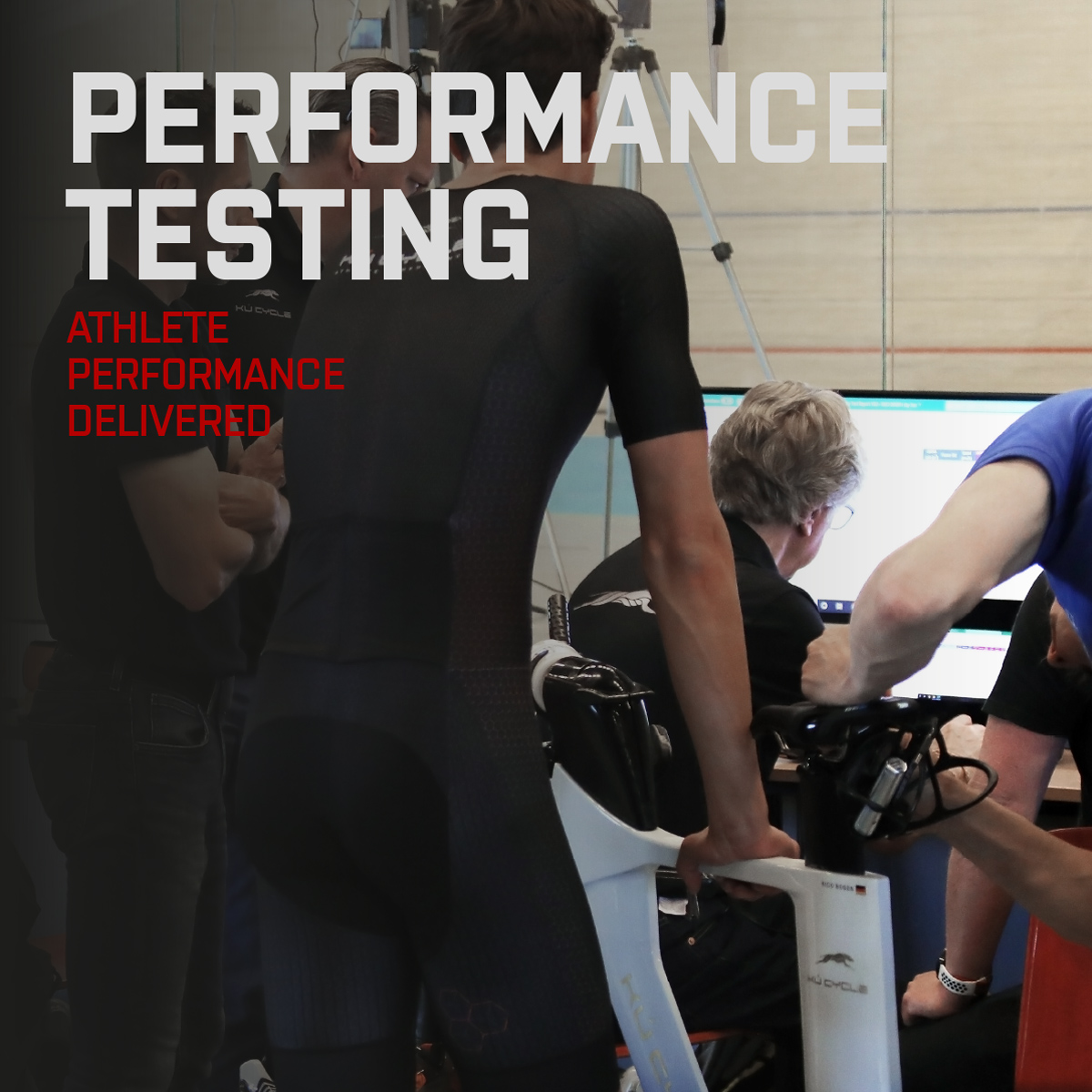

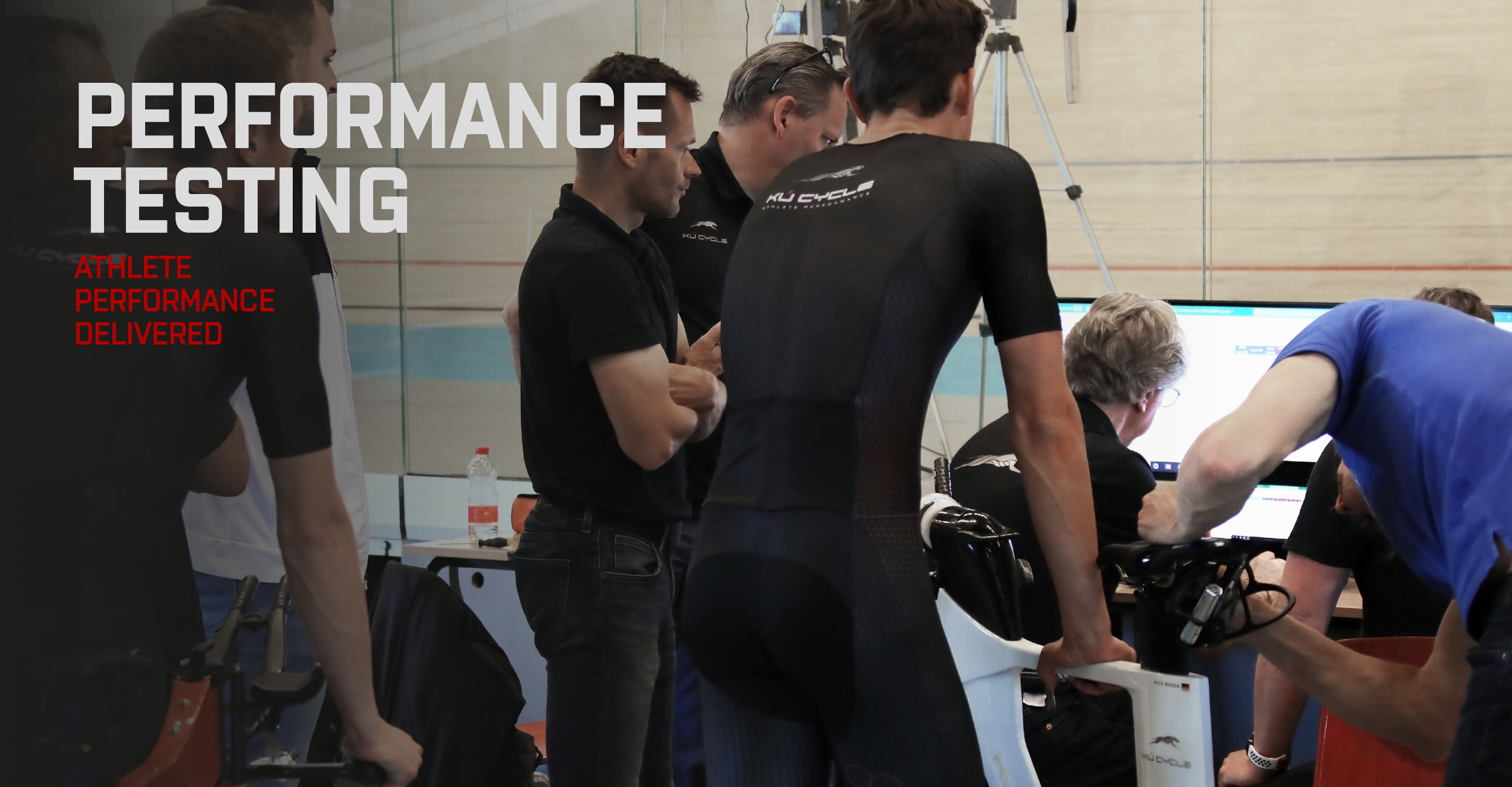

From the founding of Kú Cycle we set out our vision for the sort of company we wanted to be
to best serve our purpose of providing athlete performance.
Our determination to adhere to this vision means three of the core principles we stand for
drive us to constantly test our products and processes:
We question products and processes
and are always looking for new ways to
deliver athlete performance gains.
We are data driven, committed to solid
research and we let the numbers do
the talking.
We make bikes and performance
solutions that deliver measurable
athlete performance improvements.
Our process is a continuous cycle taking a new product on its journey
from initial design to the final test of market acceptance


Each step on the way involves testing that must satisfy defined criteria before
moving on. There is little gain in CFD testing a component that we know would fail
structurally from the FE. We could not allow a rider to perform a shake down test
if we weren’t confident the component was safe from product rig testing in the
factory.
At any point a product may fail and go back to start the cycle again.
What is testing?
“Testing is a comparison based iterative procedure that proceeds against known
reference points until a desired outcome is achieved”
It’s like buying a pair of shoes!
Take your current pair as your starting reference point. Each possible selection is
tested considering various different criteria such as size, colour, style and price
against the reference of each previous pair until finally selecting the pair that
passes all your requirements.
For those riders fortunate enough to have attended a Kú Cycle Aerocamp you will
recognise the similarity to the process.
PROCESS
1 – BASELINE TEST ON YOUR CURRENT BIKE = REFERENCE POINT 1
2 – BASELINE TEST ON THE KÚ TF1 IN SAME CONDITIONS = REFERENCE POINT 2
3 – COMPARE RESULTS 1 & 2
4 – MODIFY, SAY, RIDER POSITION ON TF1 = REFERENCE POINT 3
5 – COMPARE RESULTS 2 & 3
6 – REPEAT UNTIL THE CHANGES CONVERGE TO A FINAL, DESIRED, PERFORMANCE CRITERIA, (TYPICALLY A LOWER CDA).
To understand the importance of this core principle driving the Kú Cycle commitment to testing is to understand who it is that our numbers are talking to:
Our development cycle is Kú Cycles part in the Kú ecosystem
When our numbers talk they do so to each and every member of the Kú ecosystem
The open sharing of our test data allows our partners to improve and develop in their own particular segment; from manufacturing and technology partners to improve quality, materials and processes, for the fitters to improve their techniques and methodologies etc. and, most importantly of all, for the athletes to
improve performance and to understand where that improvement comes from.
Kú Cycle follows a procedurally based program of testing development on three fronts:
a) the final design (product development)
b) rider position (athlete performance)
c) equipment selection (athlete/system performance)
so we can highlight the elements of competing solutions, good and bad and demonstrably show the evolution to the final desired performance outcome.
Testing is a comparison based iterative procedure that proceeds
against known reference points until a desired outcome is achieved
This process is not limited to practical testing but also applied at the design stage, the very first element of our development process;
The Cervelo P5 is widely regarded as the state of the art for conventional configuration triathlon bikes.
CFD simulations, with a scanned rider included in the test model, established baseline aero figures for the P5 with rider.
By making the minimum changes to the P5 model to establish a baseline for the TF1 concept design we repeated the same CFD tests with the same scanned rider position to the baseline P5
This ‘virtual’ testing process continued until our results goals were reached;
a. Proof of concept, could we show improvement over initial P5 baselines?
b. Confirmation of final design configuration.
It is not clear how other bike companies conduct their testing. Marketing material tends towards unsubstantiated claims and pictures of complete bikes in a wind tunnel usually with a sponsored Pro rider. This looks like testing undertaken with a huge degree of confirmation bias, to a particular final design. More photo op than true development testing!
At Kú Cycle we took the unprecedented decision to shun industry dogma and skip
(very expensive) wind tunnel testing.






Kú Cycle Aero testing: No wind tunnel required!
If we are going to perform the outdoor tests in order to ‘validate’ wind tunnel results why waste the time and expense of the wind tunnel?
This is not like F1 or aerospace where there is a need for a vehicle model testing phase that requires a wind tunnel.
Real world validation is still the final step and it is clear in certain circumstances
test dollars can be better spent outside than in a wind tunnel that may mask or at best not predict real world problems,
For ‘controlled environment’ testing we can go to the velodrome where we obtain sufficient accuracy of data to validate comparison of CFD models without needing a wind tunnel.


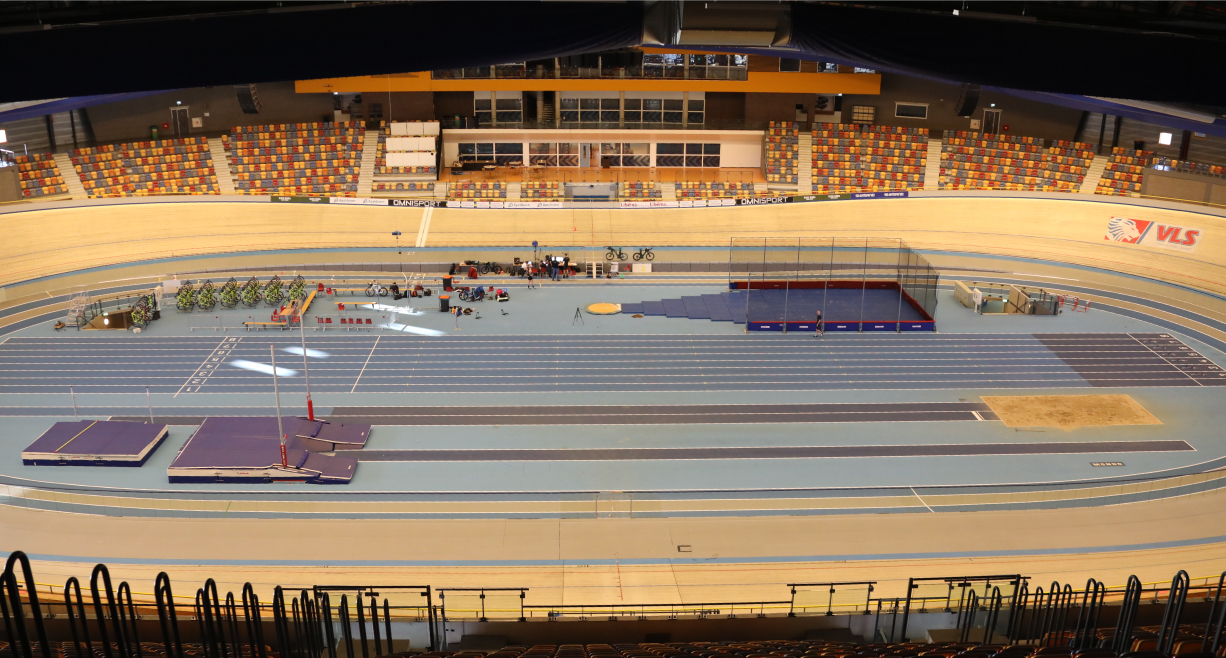

It’s an aerodynamic problem that affects cars that use venturi ducts to generate downforce through ground effect.
The hopping is due to a cycle of aerodynamic unloading and reloading of the car, due to the repeated stalling of the floor and the diffuser.
The expansion of the diffuser, now much wider than in 2021, fails to keep the airflow adhering to its wall beyond a certain speed (indicated on average to be above 155mph).
The flow then detaches from the upper edge of the diffuser, creating a stall. This slows down the flow under the venturi ducts and reduces the downforce of the car, which unloads the suspension.
The engineers were shocked by the extent of this problem as is cannot be identified properly until the car is in track.
Having limited test running available doesn’t help the teams. CFD and wind tunnel simulations do not allow for detailed simulation of this complex phenomenon, which not only concerns the airflow but also how the car behaves mechanically on the suspension.
Aerolab is one of a number of new tools coming to market that can give aerodynamic
data measured in real conditions, beyond the velodrome
With temperature and pressure measured by the device, air density is calculated internally. Accurate power measurements are critical in achieving consistency, preference is for strain gauge power meters calibrated regularly and make sure the batteries are fresh! Tyre and wheel dimensions, tyre pressures, all need careful and continuous monitoring for consistency. Accurate GPS for position and elevation converge with wheel speed data for accurate ground speed.
Athlete consistency is crucial, the more stable & repeatable the test runs the more accuracy is achieved in the data.
Test changes at different speeds and most importantly.




AeroLab’s high-speed data acquisition and data processing provides unparalleled accuracy, enabling athletes and engineers to gain a better understanding of the environmental conditions and their influence on aerodynamics.
AeroLab technology processes over 5000 points every second in order to provide real-time measurements of:
– Aerodynamic drag,
– Coefficient of drag area (CdA),
– Coefficient of rolling resistance (Crr),
– Wind speed,
– Wind yaw angle,
– Wind gusts/acceleration,
– Drivetrain loss estimations and more.
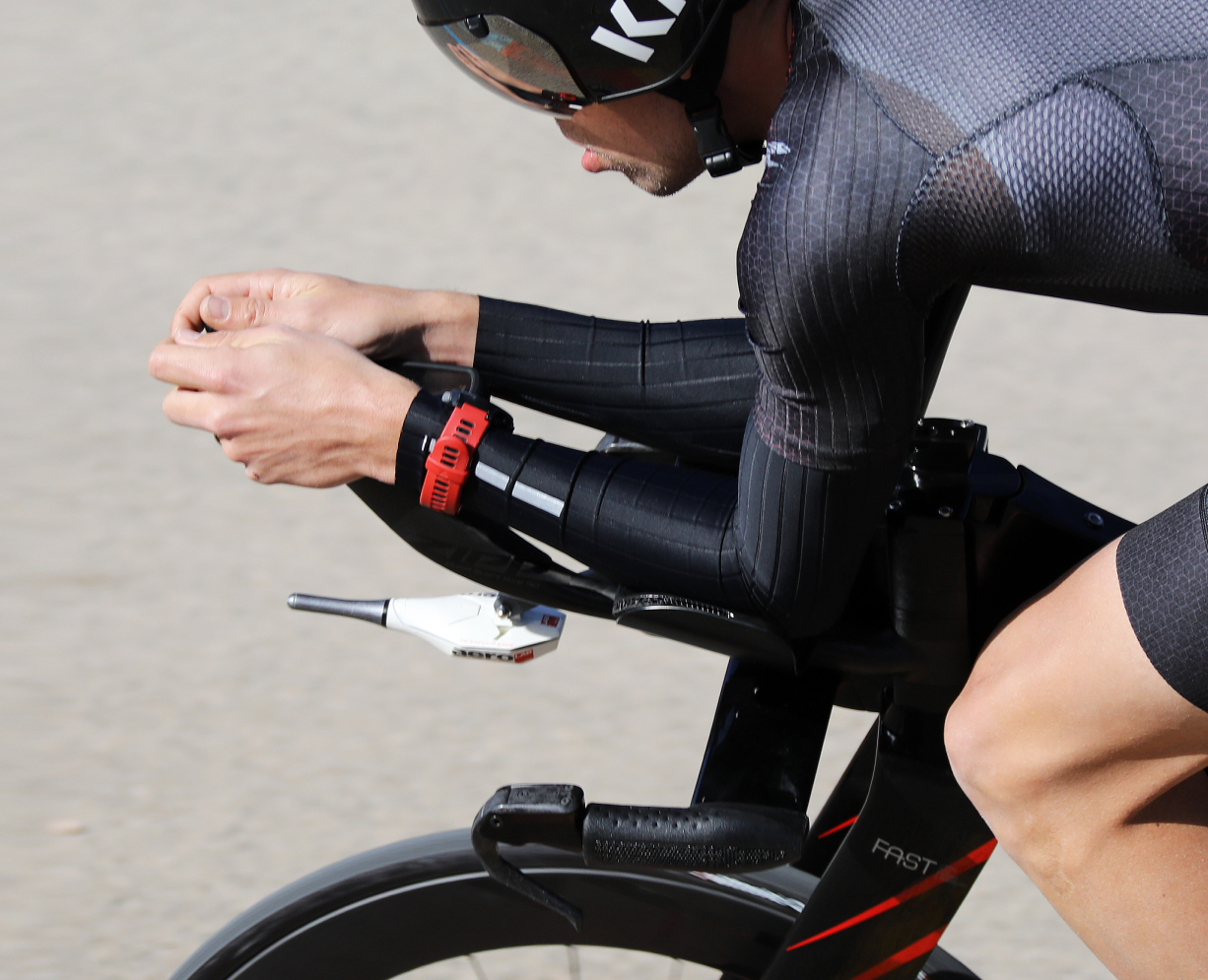





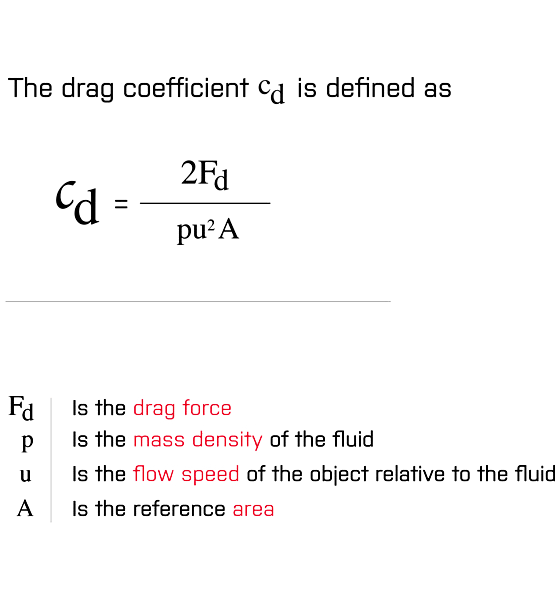

With temperature and pressure measured by the device, air density is calculated internally. Accurate power measurements are critical in achieving consistency, preference is for strain gauge power meters calibrated regularly and make sure the batteries are fresh! Tyre and wheel dimensions, tyre pressures, all need careful and continuous monitoring for consistency.
Accurate GPS for position and elevation converge with wheel speed data for accurate ground speed.
Athlete consistency is crucial, the more stable & repeatable the test runs the more
accuracy is achieved in the data.
Test changes at different speeds and most importantly;
Repeat, repeat, repeat…..
Following these protocols for testing outdoors allows for high quality direct comparisons between the same rider testing bikes and components in the same conditions.
RESERVE YOUR FREE ONLINE MEETING
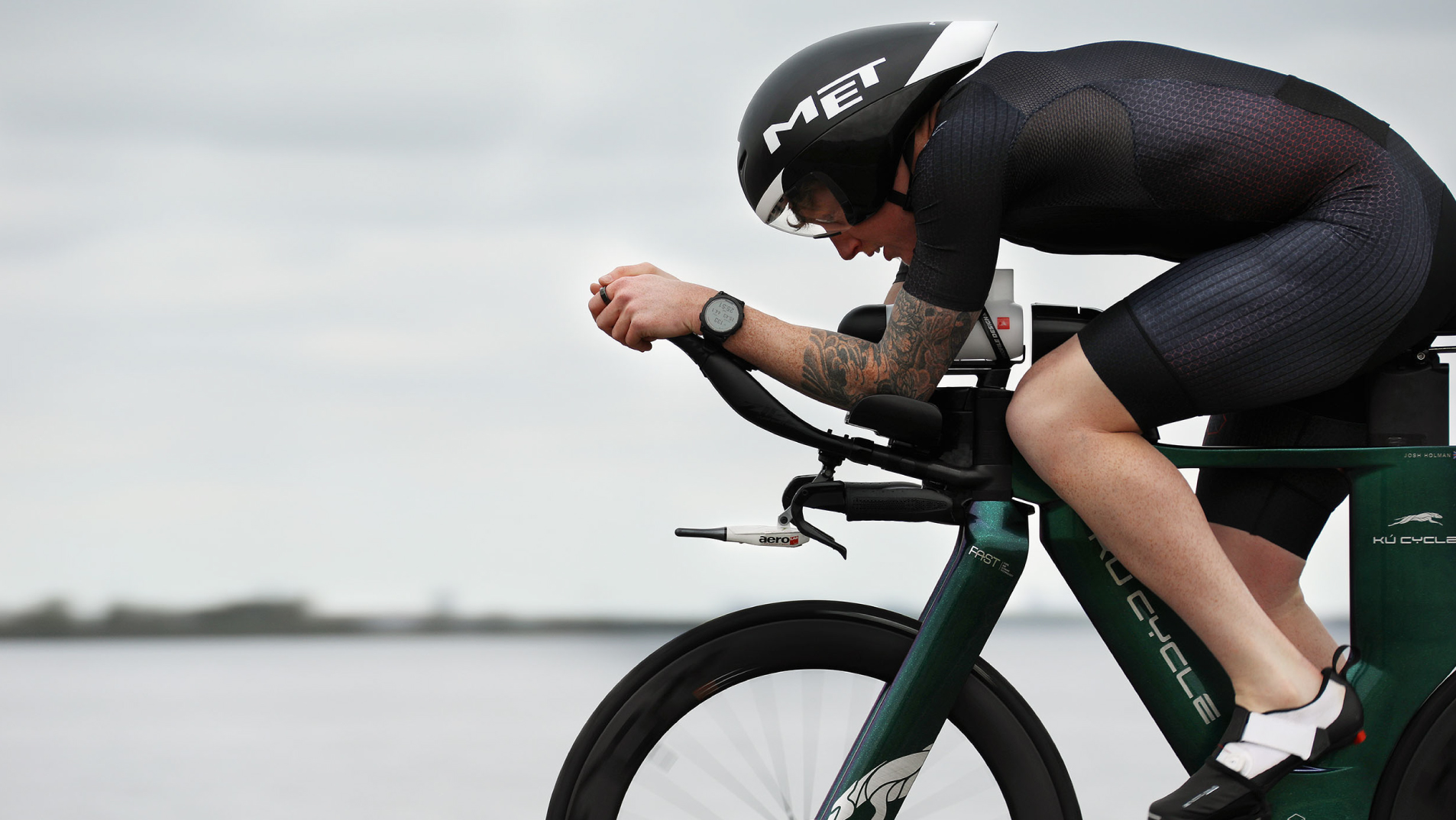

Transistorstraat 151
1322 CN Almere
The Netherlands
KvK-nummer: 74978454
VAT: NL860095629B01
Email: info@ku-cycle.com
Copyright © 2020 KÚ CYCLE – ALL RIGHTS RESERVED
DESIGNED BY KU DESIGN STUDIO / POWERED BY TALENTUM








Thank you for your configuration
We’ve received your configurator details.














We have received your Kú Fitter application.
Thank you!
We will be in touch with you shortly.












We have received your message.
Thank you for contacting Kú Cycle!
We will be in touch with you shortly



